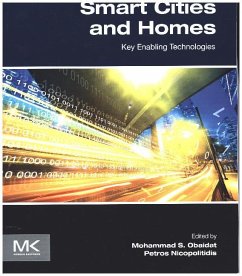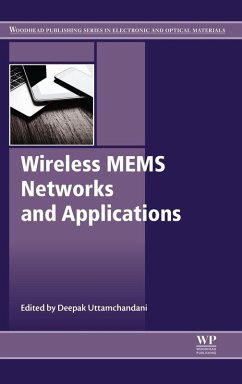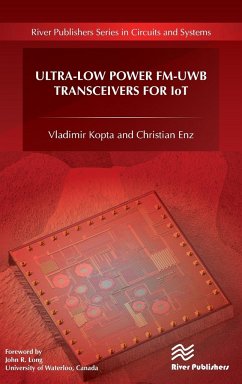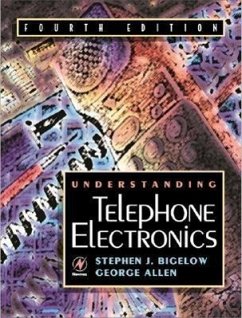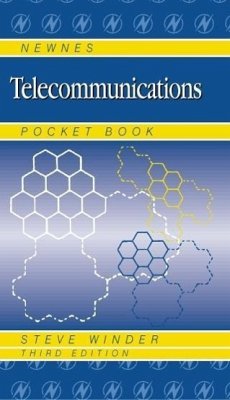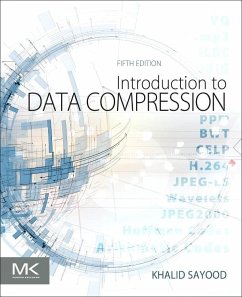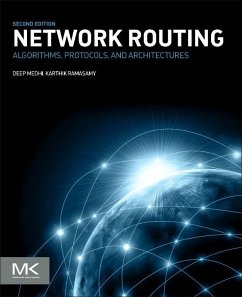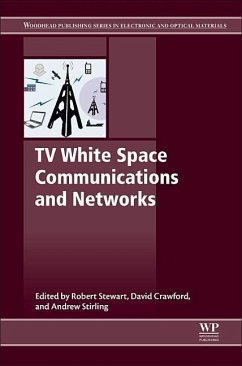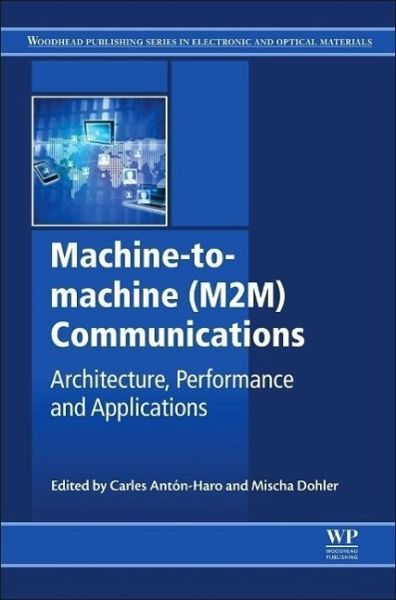
Machine-To-Machine (M2m) Communications
Architecture, Performance and Applications
Herausgegeben: Anton-Haro, Carles; Dohler, Mischa

PAYBACK Punkte
97 °P sammeln!
Part one of Machine-to-Machine (M2M) Communications covers machine-to-machine systems, architecture and components. Part two assesses performance management techniques for M2M communications. Part three looks at M2M applications, services, and standardization.Machine-to-machine communications refers to autonomous communication between devices or machines. This book serves as a key resource in M2M, which is set to grow significantly and is expected to generate a huge amount of additional data traffic and new revenue streams, underpinning key areas of the economy such as the smart grid, networke...
Part one of Machine-to-Machine (M2M) Communications covers machine-to-machine systems, architecture and components. Part two assesses performance management techniques for M2M communications. Part three looks at M2M applications, services, and standardization.
Machine-to-machine communications refers to autonomous communication between devices or machines. This book serves as a key resource in M2M, which is set to grow significantly and is expected to generate a huge amount of additional data traffic and new revenue streams, underpinning key areas of the economy such as the smart grid, networked homes, healthcare and transportation.
Machine-to-machine communications refers to autonomous communication between devices or machines. This book serves as a key resource in M2M, which is set to grow significantly and is expected to generate a huge amount of additional data traffic and new revenue streams, underpinning key areas of the economy such as the smart grid, networked homes, healthcare and transportation.




